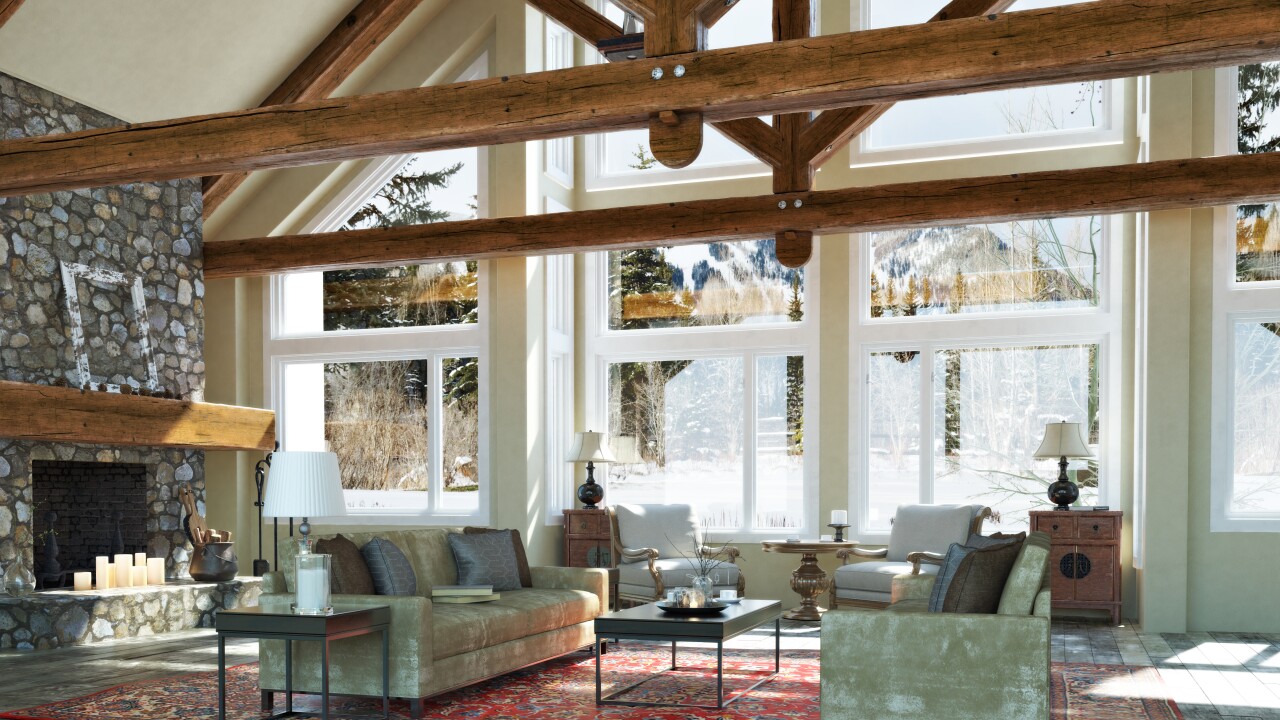The onset of COVID helped usher in anoticeable pivot toward build-for-rent purchases by single-family rental providers, at the same time overall existing-home inventory has decreased in the past two years, according to a new report.
Build-for-rent properties, constructed for the sole purpose of letting to tenants, accounted for 26% of acquisitions by
The surge in the share of BFR properties helped make up for the large drop of existing-home acquisitions by single-family rental providers, which fell during the same period from 81% to 57%. The index was determined using data from single-family rental home providers across the United States, who collectively manage more than 200,000 properties.
While the increase in acquisitions of build-for-rent homes could be seen as a business response in the current market characterized by a dramatic

Current rental demand characteristics have given investors “pretty good reason to support the asset class,” he said. Interest overall has surged for all types of rental housing, including multifamily, single-family as well as build-for-rent, much of it driven by the coronavirus pandemic.
“We've conducted surveys that have shown that last year for example, 60% of new tenants in single-family rental housing owned by our member companies came from urban multifamily high-rise rental housing — people are looking for more space,” Howard said.
“They have the option to perhaps relocate either to a new market or a new housing situation that offers them more space, a front yard or garage. And I think that's driving this demand across the single-family rental home spectrum, build-for-rent being a part of that landscape,” he added.
According to Freddie Mac, the deficit in housing stock
Other research from earlier this year determined that
The size and amenities of build-for-rent housing also appeal to consumers not planning to stay for many years, such as millennials, who make up a large percentage of the sector’s clientele according to the council’s research.
“These consumers tend to be younger professionals, perhaps with children, and are saving for a down payment or they're paying off student loan debt. But the plan is definitely toward homeownership at some point,” Howard said.
Retired seniors and empty nesters no longer interested in homeownership also make up a segment of BFR tenants. “With a lot of build-for-rent community developments, you have a managed professional management company who will provide landscaping services. They'll take care of the home,” he added. “For a lot of seniors, it's a very appealing lifestyle.”
Along with the changes in existing-home and build-to-rent acquisitions, the SFRMI also showed portfolio purchases made up just a 2% share of activity in the fourth quarter of last year, down from 12% in the third quarter of 2019. Purchases from iBuyers edged down to 2% from 3% in the same time frame. Meanwhile, 13% of SFR investors made no new acquisitions in the final three months of last year.




